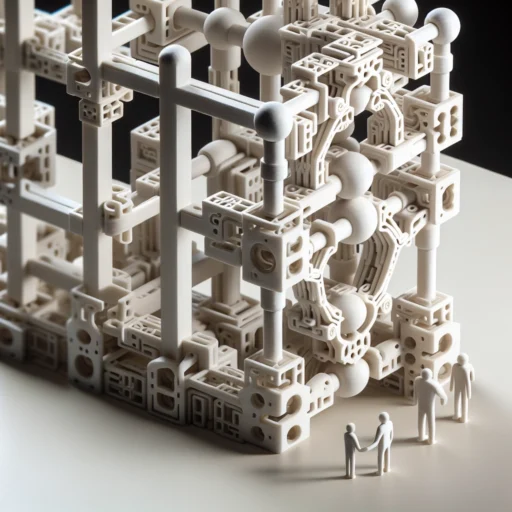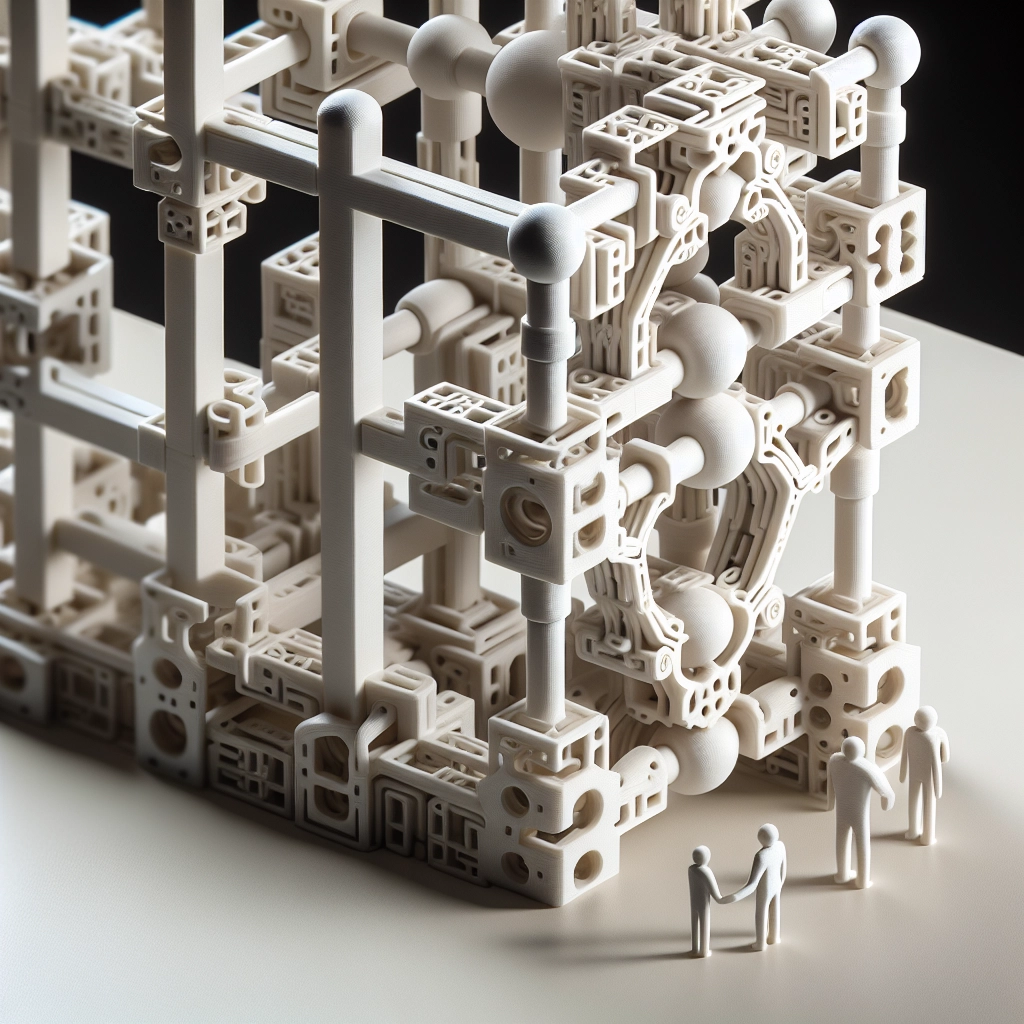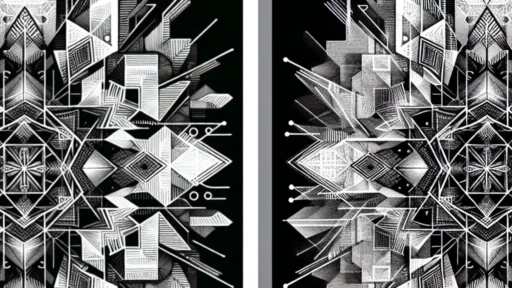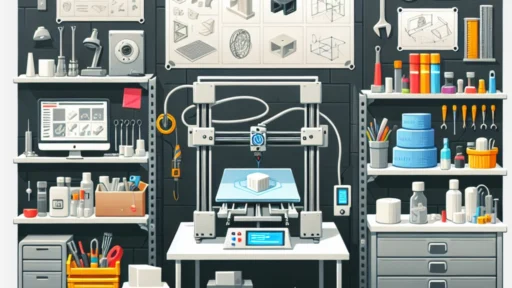Unlocking Creativity: Joinery Techniques in 3D Printing
The world of woodworking has seen a massive transformation in recent years, thanks largely to the rise of 3D printing. Traditionally, joinery techniques were crafted by skilled hands, using tools that have been passed down through generations. But now, we stand on the brink of a technology-driven revolution that allows for innovative designs and more artistic expressions. If you’re curious about how 3D printing is reshaping the landscape of joinery, you’re in for an exciting journey!
The Fusion of Art and Technology
At its core, joinery is about connection. It’s the method that binds various parts of a structure, giving it stability, functionality, and a certain aesthetic appeal. With 3D printing, however, the possibilities are endless. Imagine complex designs that were once deemed impossible or prohibitively expensive. Thanks to software and the ability to layer materials, artists and craftsmen can now explore creative joinery techniques that push the boundaries of traditional woodworking.
Interlocking Methods
One of the most fascinating aspects of 3D printing in joinery is the ability to create interlocking pieces without the need for screws, nails, or adhesives. Designers can print parts that slot together with intricate, custom-fitted joints. These interlocking methods provide a clean look while ensuring strength.
For example, think of a puzzle piece that snaps together seamlessly. This kind of design maximizes surface area for contact, enhancing stability and durability without detracting from the overall design. Many designers are experimenting with these techniques in furniture design, emphasizing not only aesthetics but also ease of assembly.
Parametric Design and Customization
With 3D printing, we can dive into the world of parametric design. This concept refers to a design that is modified by changing parameters — think about how you might tweak a sliding scale to get just the right shape. In joinery, this means you can create customized joints that match specific angles or dimensions, leading to unique and non-standard pieces of furniture.
Imagine designing a coffee table with a leg that perfectly matches your floor’s contour or creating shelves that fit snugly into offbeat spaces. By utilizing parametric design in joinery, we can break free from the rigid standards of the past, tailoring each piece to fit its environment perfectly.
Dowels Reimagined
While dowel joinery has been around for centuries, 3D printing allows us to create dowels that can fit into tapered or intricate joint designs without the precision that hand-made dowels require. Think of a dowel joint that not only connects two flat surfaces but also adds a decorative flair with its unique shape. This clever twist breathes life into dowel joinery and opens the door to endless innovation.
In fact, dowels can be customized in color and material, giving each piece a personalized touch. Imagine a dowel that matches the overall theme of your room or has a fun pop of color to capture attention – the options are truly limitless.
Flexible Designs
Another exciting development in joinery through 3D printing is the concept of flexibility. Traditional joinery methods often require rigid connections that might not allow for adjustments or reconfigurations. However, with the advent of flexible 3D printing materials, designers can explore joints that allow incrementally adjustable relationships between parts.
For instance, imagine a bookshelf that can take on different shapes depending on how it’s configured. This flexibility encourages creativity and adaptability, making furniture not just functional but also enjoyable to interact with.
The Future of Joinery in 3D Printing
As we continue to explore the intersection of craftsmanship and technology, the potential of 3D printing in joinery will only expand. We’ll likely witness innovations that make the construction of complex forms easier and more accessible, allowing both professionals and hobbyists to express their creativity without the constraints of traditional woodworking.
3D printing not only makes these techniques available to more people but also encourages collaboration between disciplines. Architects, designers, and artisans can join forces, developing new concepts that harmonize aesthetics, durability, and sustainability.
In this ever-evolving field, one thing is certain: the future of joinery will be a blend of tradition and modernity, with the possibilities driven by our willingness to dream a little bigger. Whether you’re a seasoned woodworker or a design enthusiast, diving into the world of 3D-printed joinery techniques could just open the door to a style of creativity you never knew existed!






